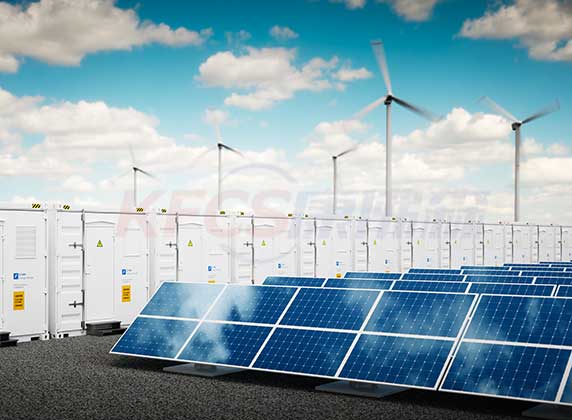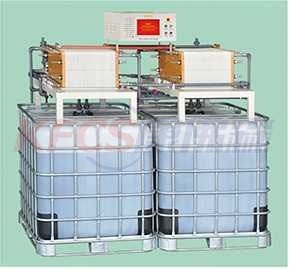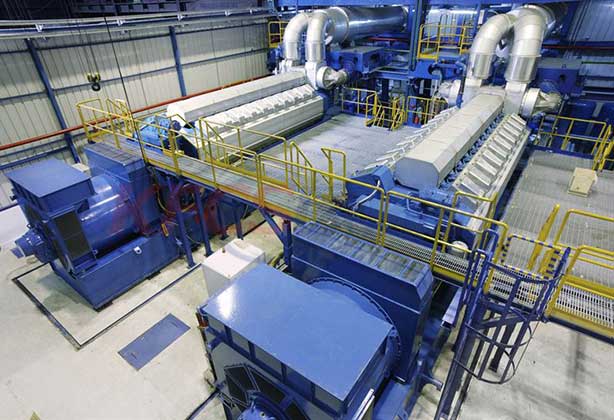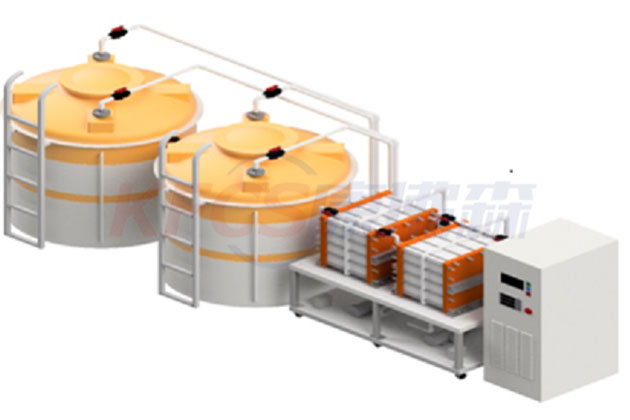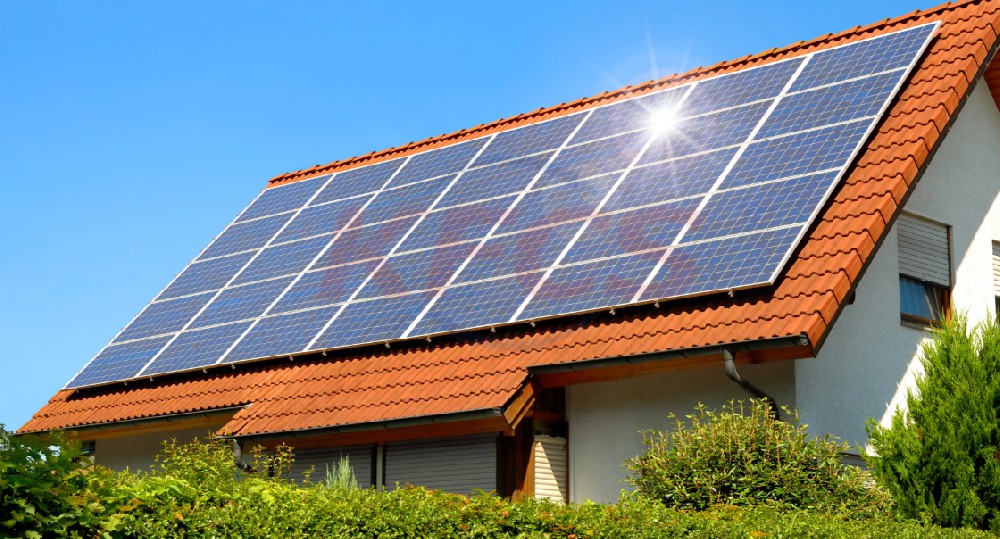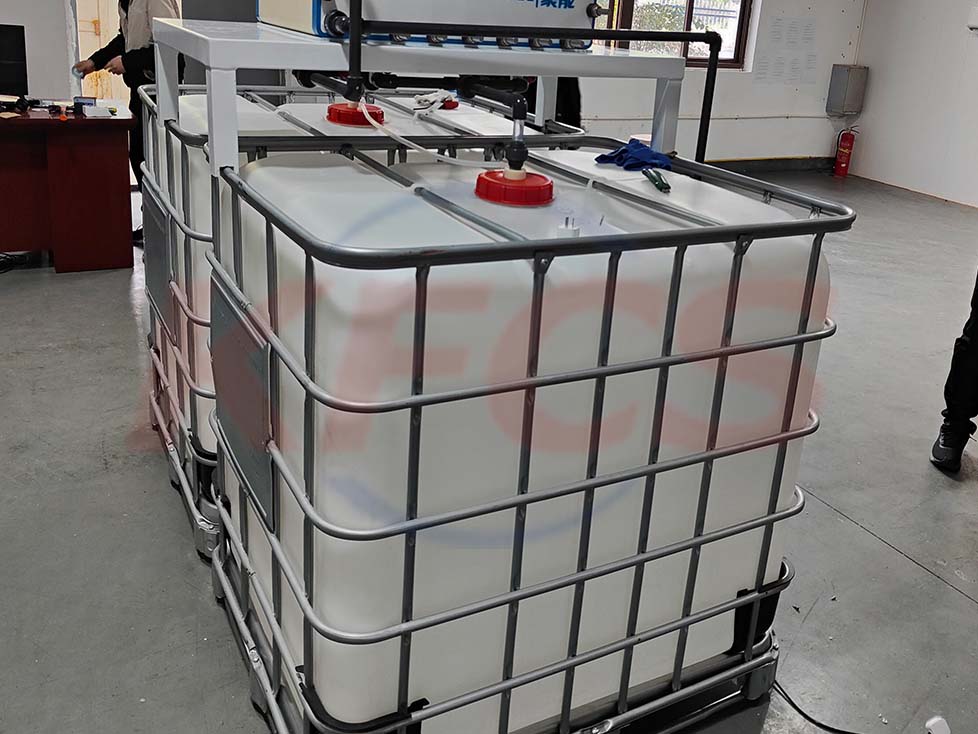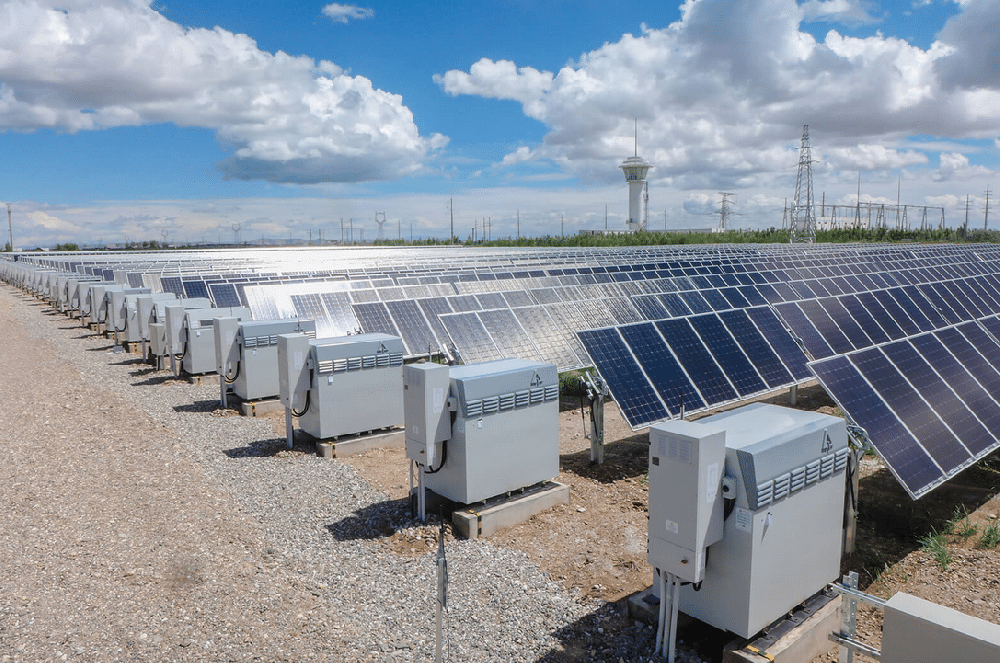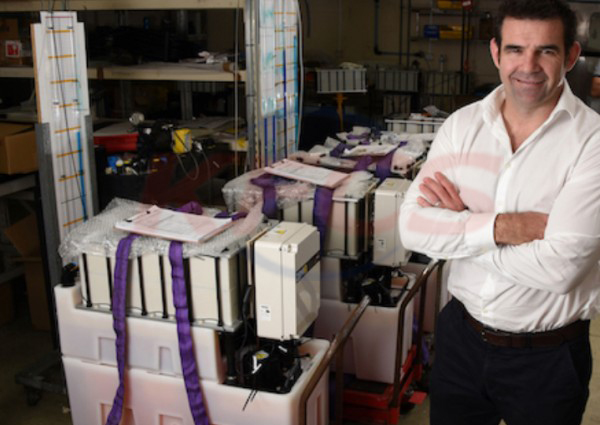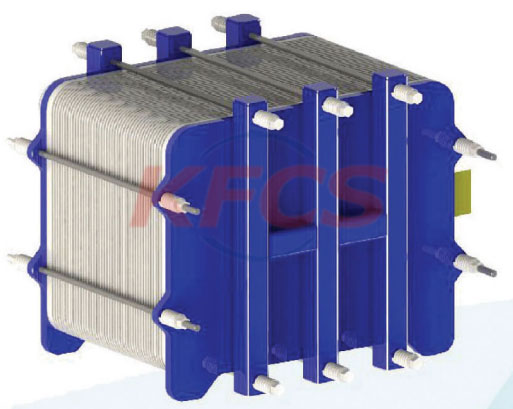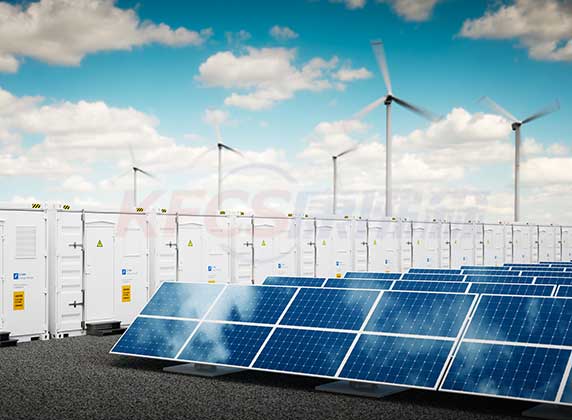Vanadium battery wind-solar integrated energy storage system
Vanadium battery is a major revolution in energy storage technology. It is expected to break through the bottleneck of new energy industry development and become the main battery material for energy storage systems. All-vanadium redox flow battery energy storage technology has outstanding features such as high energy conversion efficiency, long cycle life, safety and environmental protection. to ensure grid security. The vanadium battery wind-solar integrated energy storage system has a very broad application field: for example, it can be used as a backup power supply for buildings, airports, and program-controlled exchange stations; it can be used as a supporting energy storage device for clean power generation systems such as solar energy; it can provide electricity for submarines, ocean-going ships, and power grid adjustment.
The vanadium battery energy storage system consists of the following parts:
1. Several vanadium batteries;
2. Vanadium battery management system (BMS);
3. Power conversion system (PCS);
4. Data acquisition and supervisory control (SCADA) system.
The vanadium battery wind-solar integrated energy storage system is operated and controlled by a programmable logic controller (PLC). Power conversion system (PCS), including bidirectional inverter, transformer, grid-connected switchgear, realizes bidirectional power transmission between vanadium battery and power grid, and is the key equipment for connecting vanadium battery and power system. The data acquisition and supervisory control (SCADA) system is equipped with standardized communication ports to realize remote signaling, telemetry, remote control and remote adjustment.
Vanadium battery wind and solar energy storage system features:
1. It can be directly connected with electrical equipment (power grid, wind power generation, photovoltaic power generation, etc.);
2. Automatic charging or discharging;
3. Automatic operation: when the AC side power grid fails, the energy storage system is automatically disconnected and connected to the grid, and automatically connected to the grid after the grid fault is eliminated;
4. Power grid voltage monitoring to solve many power grid power quality problems, such as voltage fluctuations;
5. Remote signaling, telemetry, remote control, and remote adjustment functions, such as battery start-stop, charge-discharge state conversion, power adjustment, etc.;
6. Automatically carry out daily maintenance, when the battery system runs abnormally and other states, it will alarm and transmit the data to the remote control terminal.

